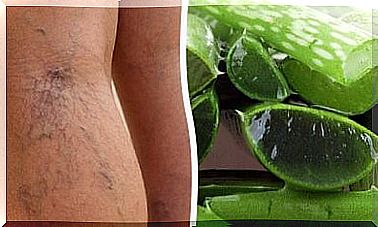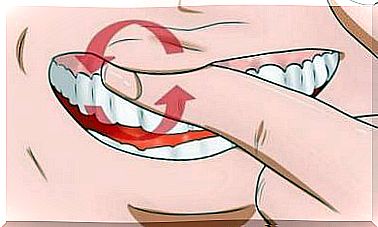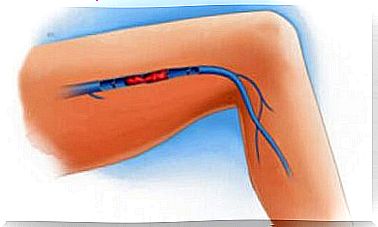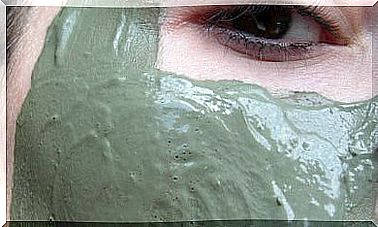The Most Common Pathogens In Summer
Some pathogens prefer the humid and warm climate in summer and therefore spread more frequently in the warm season. Then learn more about this topic.
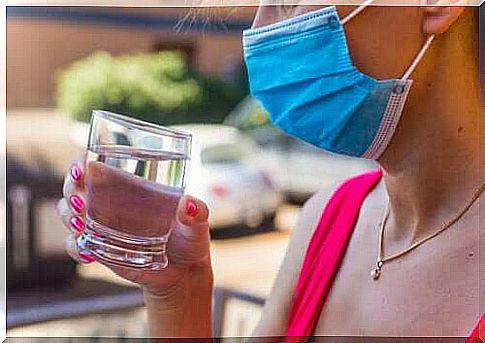
The warm temperatures in summer are ideal for various pathogens to spread. Would you like to know which viruses, bacteria or fungi have a particularly easy game in the warm season?
Pathogens exist at any time of the year, but today we focus on common triggers of illness in summer. Read on to find out more!
What is a pathogen?
Pathogens are micro- or macro-organisms that cause diseases in the host’s organism by invading and triggering damaging processes. This includes a wide variety of bacteria, viruses, fungi, parasites and prions.
Some of the diseases that we will mention below have various causes and can also arise from other triggers. However, they are classified here anyway for ease of classification and treatment.
The most common pathogens in summer

Viruses and bacteria that cause inflammation
Typical examples of autoinflammatory diseases are conjunctivitis (conjunctivitis) and ear infections (otitis), which are very common after going to a swimming pool.
The following symptoms indicate conjunctivitis:
- Swelling of the eye
- Redness
- tears
- Secretion of secretion, sticky eyelids in the morning
- Impaired vision
Conjunctivitis can be caused by viruses or bacteria, but most of the time it is an adenovirus that is transmitted through direct contact and particles in contaminated water.
A middle or inner ear infection is usually caused by bacteria. The following symptoms indicate this:
- Hearing loss
- Earache
- Pressure sensitivity
Both diseases have one thing in common: the causative pathogens (viruses or bacteria) survive in water and at warm temperatures. That is why the swimming pool is the perfect place for their reproduction.
For this reason, appropriate hygiene measures are particularly important. These pathogens survive on different surfaces, so you should always take your own material with you and use it and not borrow things from others.
Pathogens that can cause food poisoning

After a summer banquet, diarrhea or other digestive problems often occur. The risk of food poisoning is particularly high in warm temperatures.
One reason for this is that many organisms reproduce better in the warmth. In addition, however, many people’s habits change when they are on vacation. They eat out more often and often find themselves in an environment in which there is a lack of hygiene.
MedlinePlus provides information on its web portal about very common pathogens that fall into this group and lead to general malaise and diarrhea:
- Campylobacter species: These gram-negative bacteria often cause diarrhea.
- E. Coli bacteria: These bacteria are mostly present in the microbiota of the human intestine, but usually do not cause any symptoms. However, some species can cause diarrhea if they attach to the intestinal lining.
- Vibrio chloerae: This gram-negative bacterium causes cholera.
- Salmonella: These enterobacteria are also known to multiply particularly well in warm temperatures.
As you can see, almost all summer diarrhea pathogens are bacterial. Transmission is mostly due to a lack of hygiene and / or contaminated water.
Other pathogens that are particularly active in summer
The pathogens described above are particularly frequent triggers of diseases in summer. But there are also other types and modes of transmission that often cause complaints in the warm season.
- The World Health Organization (WHO) informs that ten common diseases are transmitted from insects to humans. The reproductive cycle of these insects usually ends in spring or summer. Insect-transmitted diseases are therefore particularly common during these times of the year. These include, for example, dengue, malaria, leishmaniasis and yellow fever. Often the pathogens are viruses or protozoa.
- Fungi are also very common causes of skin diseases in summer. In this case, too, the risk of infection in swimming pools and other public places is particularly high. Because these pathogens love humid and warm environments.
Of course there are many other pathogens that can cause illness in the summer. Bacteria are among the most common causes of inflammatory diseases, gastroenteritis and diarrhea.
You should therefore be particularly careful in warm temperatures, especially in swimming pools and other public places. If there are any signs of infection, it’s best to see a doctor as soon as possible and get treatment.





